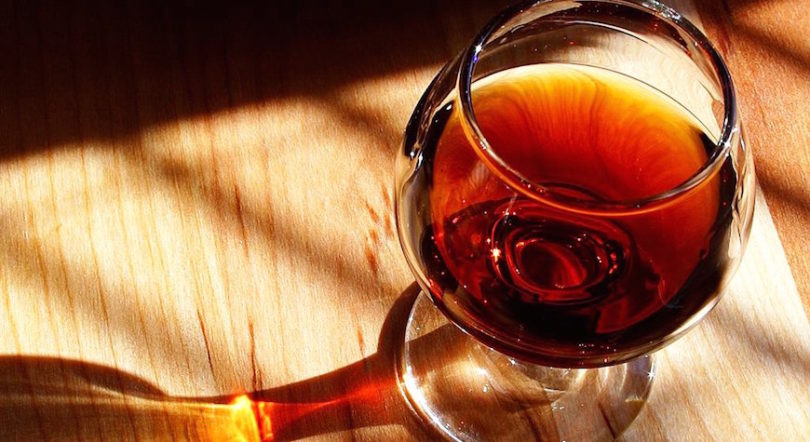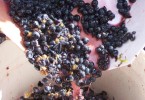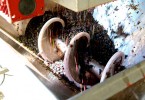Marsala Wine: types, characteristics and history
Marsala Wine: the pearl or Sicily
Marsala wine, Protected Designed Origin (in Italian DOC), is a liquorish and sweet wine produced in the Trapani province, under the strong Sicilian sun, exception made, as the Code of Conduct says, for the municipalities of Panelleria, Favignana and Alcamo.
Talk about a single Marsala wine is oversimplified; in fact there are different types of Marsala obtained from the different grapes used but also from the different grapes treatments and the aging time, which give the colour, the tone, different aromas and the sweetness degree.
Marsala gold, amber and ruby
The grapes used is the first thing evaluate for the definition of the various types of Marsala; gold and amber Marsala are obtained from the white berry grapes of Grillo, Catarratto, Inzolia, Damaschino, single or mixed. The Ruby Marsala, as the name says, is obtained from red berry grapes, Nero d’Avola, Pignatello, Nerello Mascalese, to which it is possible to add, no more than the 30% of the total amount, white grapes used for Gold and Amber Marsala.
The ageing of Marsala
The ageing time define the style of Marsala and its alcoholic volume that can vary as well as the sugar content.
- Marsala Fine: is aged for a year, whereof 8 months spent in wood barrels. The alcoholic volume never falls under 17° and it is possible to find it in every shade: Gold, Amber and Ruby.
- Marsala Superior: the ageing time increase, two years in wood barrels and the alcoholic volume doesn’t fall below the 18°.
- Marsala Superior Reserve: Minimum alcoholic volume 18° and four years spent in wood barrels.
- Marsala Virgin, “Soleras”: the high quality of this wine is given to the fact that it can be sold only bottled so it doesn’t exist the selling of the cask wine; the ageing lasts five years and the alcoholic volume doesn’t fall below the 18°.
- Marsala Virgin, “Soleras” mellow or Reserve: this is the rarest and most precious Marsala, whose aromas and fragrances are enhanced by ten years of ageing.
Marsala and its sugar content
The sweetness level of the wine, is another parameter which further define the various types of Marsala. It makes the Marsala more or less liquorish and it is defined by the quantity of the sugary residue.
Dry Marsala: sugary residue below 40g/l
Semidry Marsala: sugary residue between 40 and 100 g/l
Sweet Marsala: sugary residue above 100 g/l
The different sweetness makes Marsala suitable for several moments during the day. Sweet Marsala is suitable for the end of the meal or for the dessert; Dry Marsala is well appreciated as aperitif or eating.
The history of Marsala
This wine, that today boasts a great success, has been rediscovered after a period of darkness; however its different characteristics, as we’ve seen, make this a versatile wine, to be appreciated and not only a liquorish meditation wine.
The origin of this success is ascribed to the English merchant John Woodhouse, who once arrived in the city of Marsala, tasted the local wine Perpetuum and decided to send it to Liverpool, his city of birth, sure of the success of this discovering in the rich English salon as tasting wine. To keep it during the journey, he added a drop of spirit, thus transforming it in a liquorish wine like Porto.
Soon, the success arrived and Woodhouse built a real trade from Sicily to England, until the English entrepreneurs unloaded in Sicily to enhance the production techniques, improve the production, to widen the export all over the world. In few time, in Sicily more than 200 Bagli opened, wineries dedicated to the production of Marsala.










